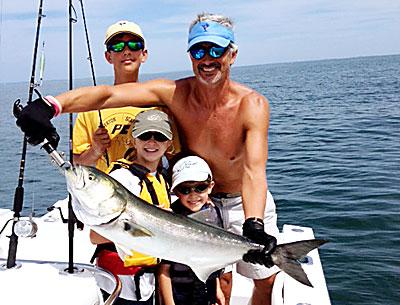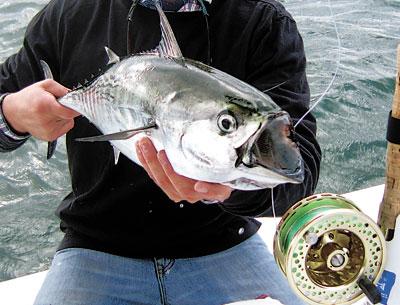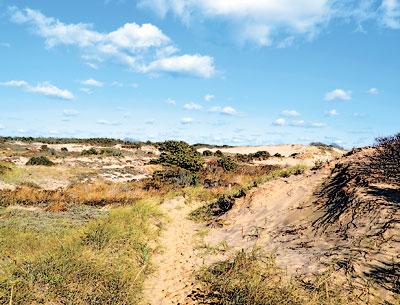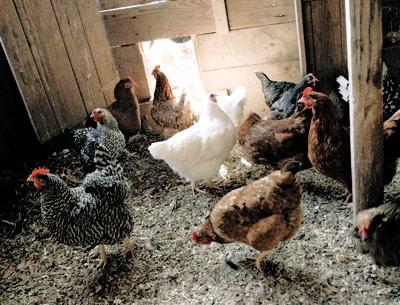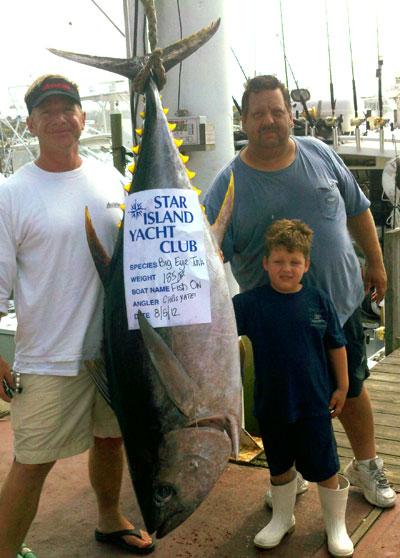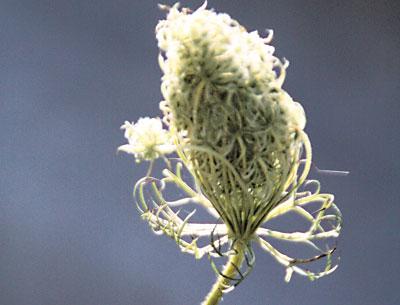New Frog Named for Sabin
New Frog Named for Sabin
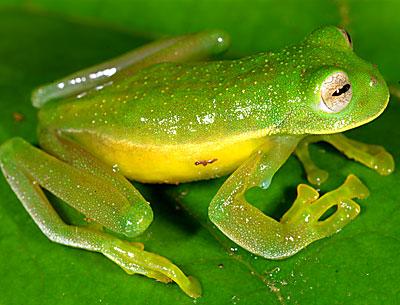
A new species of glass frog recently discovered in southern Peru — the 7,000th known amphibian species — has been named after Andy Sabin of Springs, a herpetology enthusiast and president of the South Fork Natural History Museum.
Centrolene sabini, or the Sabin glass frog, was found in a small stream in the Kosnipata Valley in Manu National Park, almost 3,000 meters above sea level. The inch-long frog is electric green, with partially translucent skin, small yellow dots, and a yellow underbelly. It has green bones and a long call consisting of 8 to 14 notes.
Dr. Alessandro Catenazzi, a researcher and professor at Ganzaga University in Washington, made the discovery. Finding a new species of amphibian, he said, can be both encouraging and misleading. “We have both an increasing number of known species . . . and an increasing number of threatened or extinct species, a portion of those same 7,000 described species,” Dr. Catenazzi said last week. According to the International Union for Conservation of Nature and Natural Resources, approximately 40 percent of amphibians are extinct or at risk of becoming extinct.
Decline in amphibians has been used as a good indicator for suffering ecosystems, which makes the high number of at-risk or extinct amphibians a cause for concern. “The dramatic loss of amphibian diversity is due to a combination of factors, such as habitat destruction, emerging diseases, introduced species, [and] environmental change,” Dr. Catenazzi said. Identifying new species is encouraging but steps to protect their habitat can be difficult due to deforestation and rising carbon emissions.
“The whole world’s environment is in trouble,” and even locally, “here in East Hampton, we’ve lost 95 percent of toads over the years,” Mr. Sabin said last week. In addition to his involvement in the South Fork Natural History Museum, which he helped found, Mr. Sabin has established the Sabin Conservation Fund and, in Russia, the Sabin Conservation Award, which acknowledges outstanding achievement in nature protection.
He funds the Andrew Sabin International Environmental Fellowships, which provide up to $35,000 to selected students, as well as the Sabin Sustainable Venture Prize at the Yale Center for Business and the Environment for “a product, service, project, or program that advances a more sustainable way of life.”
Through the South Fork Natural History Museum, Mr. Sabin often leads walks in search of local reptiles and amphibians.

